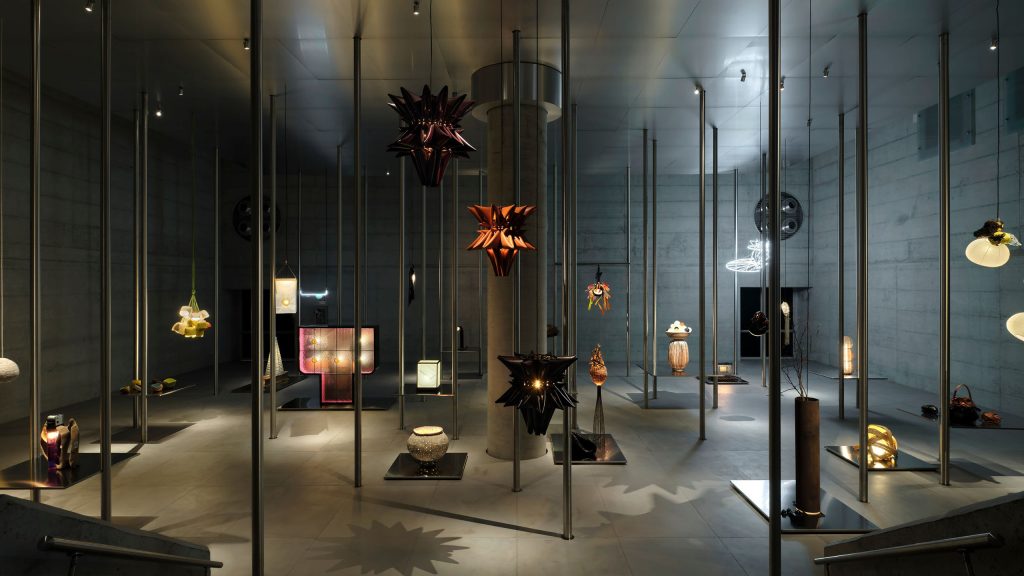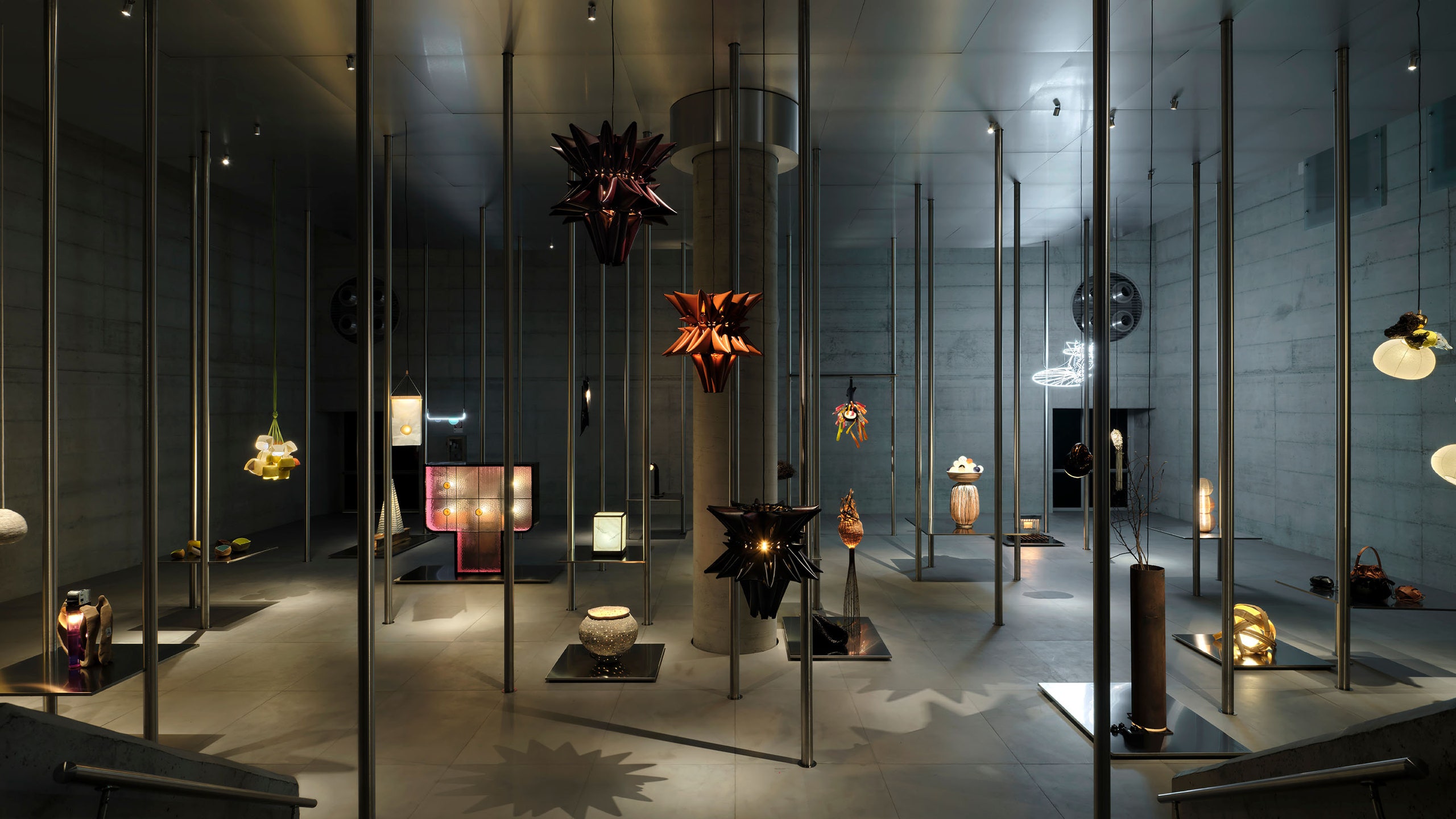
The World’s Largest Print Fair Returns with Unexpected Highlights

Inside the IFPDA Print Fair 2025: Celebrating Innovation, Community, and Activism in Printmaking
From delicate etchings crafted centuries ago to experimental works made of CD shards and pulped books, the 2025 IFPDA Print Fair demonstrated that printmaking isn’t just alive — it’s bursting with energy, invention, and social relevance. Returning once again to Manhattan’s storied Park Avenue Armory, the International Fine Print Dealers Association (IFPDA) gathered over 75 international galleries, print workshops, and publishers for the world’s largest fair devoted exclusively to fine prints.
A Space for Rediscovery
For artist Deborah R. Grayson, the fair marks not just a professional milestone, but a creative homecoming. Once a painter, Grayson turned to printmaking amid the COVID-19 pandemic lockdowns, rebuilding her artistic practice with whatever materials she could find at home. Now, she’s one of six artists showcasing their work as part of the Black Women of Print collective—a shining example of the fair’s diversity, inclusion, and commitment to community.
“Printmakers are the most generous artists,” Grayson reflects. Her sentiment permeated the fair’s atmosphere, where established voices and emerging talents collaborated, shared resources, and revealed deeply personal stories engraved in ink, pulp, textile, and more.
Prints That Pack a Punch
While some visitors may have expected static black-and-white etchings, the prints on display defied such narrow assumptions. Ellen Lesperance’s powerful lithographs at Tamarind Institute’s booth, for instance, drew on feminist memories of the Greenham Common Women’s Peace Camp—a major anti-nuclear protest movement from the 1980s. Utilizing chine collé and historical photography as springboards for hand-drawn reinterpretations, her prints offered not only an aesthetic appeal but resonated politically and emotionally.
Lesperance’s titles alone—like “Who Killed Karen Silkwood?” and “XOXOX (All Night)”—evoked intersectional narratives of resistance, tenderness, and solidarity. Her incorporation of textile motifs into print form added layers of domesticity and care to public protest.
Across the Armory, Tara Donovan’s shimmering pieces incorporated reflective foil peeled from discarded CDs, forming cosmic vistas printed onto paper. The chaos of the opening night crowd only amplified their mesmerizing pull, as tiny craters of light revealed the print world’s capacity to democratize wonder through reuse and reinvention.
Activism in Every Medium
The fair was not without acknowledgment of the political chaos of recent years. At the Tamarind Institute’s booth, gallery director Marissa Fassano contextualized prints as tools of resistance. “We really needed to say all the things we’re being told not to say right now,” she shared, referencing rising authoritarian sentiments, crackdowns on dissent, and efforts to erase history.
Activism was also rendered tactile at the booth of San Francisco’s Crown Point Press, with Mickalene Thomas’s commissioned installation, l’espace entre les deux. The warm, collage-based environmental work built entirely out of compressed and printed materials, featured domestic objects and sculpted plant forms. It provided attendees with a contemplative sanctuary within the hectic fair—and a visual reminder of paper’s power to preserve and provoke.
From Process to Print
One of the most defining characteristics of the IFPDA Fair remains its invitation to explore process. Whether watching in-house demonstrations or talking with master printers like Jamie Miller of the Lower East Side Printshop, it becomes clear that printmaking is a realm where craft and concept coalesce. His collaboration with Jean Shin on a collagraph titled “Pressed Jeans” exemplifies the meticulous labor and trust embedded in the medium.
The hands-on nature of the art form—with metals etched, papers pressed, and inks layered by hand—created a visual map of procedures for visitors. Each booth became a living lab, bubbling with stories, symbols, and shadows of studio practice.
Legacy Meets the Cutting Edge
Those hoping for a historical fix were not disappointed. The fair showcased master prints from all epochs: Mucha’s Art Nouveau posters, a mesmerizing 16th-century etching after Hieronymus Bosch, and pigment-on-sateen works by Carrie Mae Weems, bridging photography, embroidery, and social critique.
Meanwhile, newer names like Rupy C. Tut and Stephanie M. Santana offered emotionally rich printworks that fused traditional fine art techniques with cultural storytelling. Tut’s “Where She Begins to Flow,” made using spit-bite aquatint and soft ground etching, evoked themes of womanhood and migration, while Santana’s embroidery-on-textile screenprint honored the memory of Faith, a figure linked to community vigilance and remembrance.
The Generosity of Print
Ultimately, the IFPDA Fair is about more than who buys what. It’s about connection—between artists and audience, between the past and the cutting-edge future, between underground movements and mainstream institutions. The fair upends the notion that prints